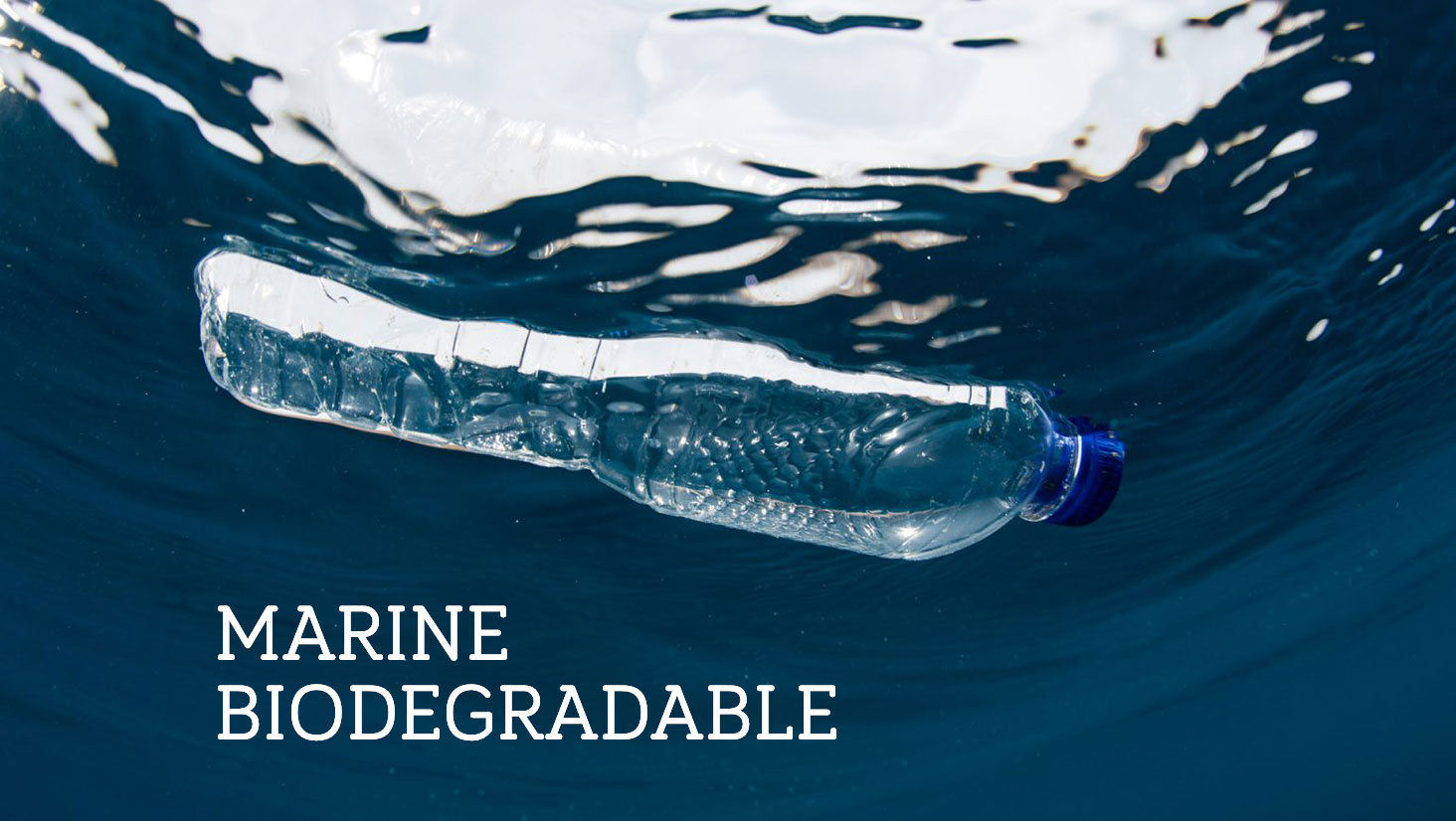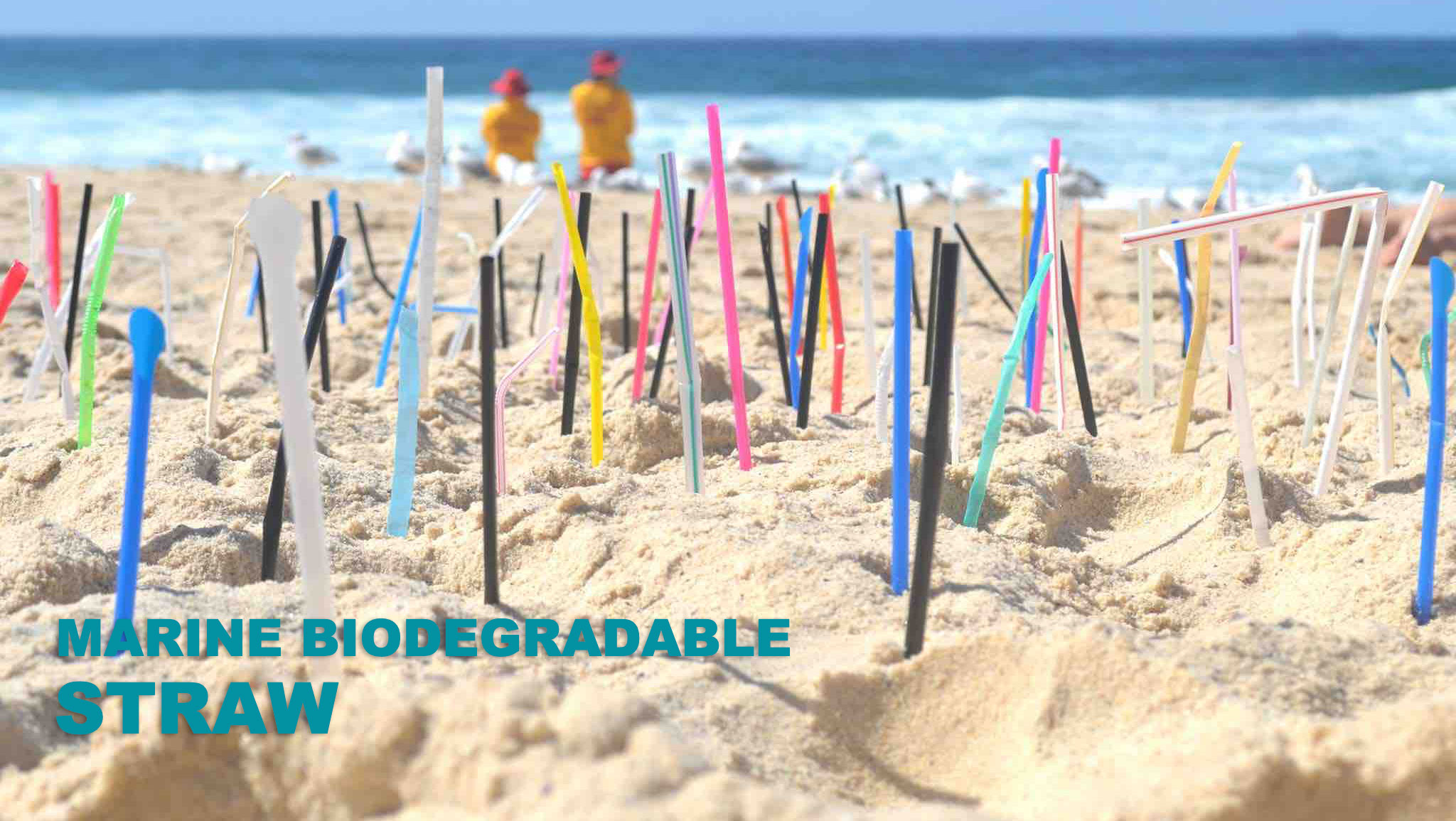
In the context of the EU Plastics Strategy and the recently published proposal for a Directive on the reduction of single-use plastic products, biodegradable and compostable plastics are increasingly being discussed with regard to their potential to contribute to tackling marine litter. Constance Ißbrücker, Head of Environmental Affairs at European Bioplastics (EUBP), provides some insights into the current developments in this field.
While the property of biodegradability in the marine environment could provide valuable solutions for specific plastic applications – in particular applications that are prone to end up in the ocean and cannot be retrieved easily, such as fishing gear, and in places where proper waste management is missing or not sufficient enough to stop the leakage of plastics into the marine environment – more research and development and standardisation efforts at material but also application level is required.
In a recent statement on biodegradable plastics in the context of the proposed Directive on single-use plastic products, European Bioplastics (EUBP) urges the Commission, the Parliament and the Council to clearly define the property of biodegradability in the marine environment, the scope of materials and corresponding applications where this property holds exceptional value, and to clarify that biodegradability in the marine environment is an inherent product characteristic but not an end-of-life option that should be communicated to consumers.
On ISO-level, standardization efforts for the requirements for biodegradation of plastics in marine environments are well underway. ISO 18830 and ISO 19679, for example, are two standards on the test methods for determining the aerobic biodegradation of non-floating plastic materials in a seawater/sediment interface, both of which have been published in 2016 and are also eligible on CEN-level. Additional draft standards, for example ISO/CD 22404 for the determination of aerobic biodegradation of non-floating materials in marine sediments and ISO/CD 22766 for the disintegration test of plastic materials in marine habitats under real field conditions are currently under development. The draft standard ISO/CD 22403 will include test methods and requirements of the inherent aerobic biodegradability and environmental safety.
Despite these developments, it cannot be stressed enough that the improvement of waste management on land is an absolute priority in solving the problem of marine litter. The largest share of marine litter consists of plastics that originate from a variety of mainly land-based sources, including ineffectively managed landfills, and public littering. In order to try and avoid for land-based waste to enter marine environments in the first place, improving recycling and establish efficient waste management infrastructure on land is of upmost importance. Additionally, biodegradation in land-based environments, such as soil and fresh water, and evaluating the resulting potential benefits is another path that should continuously be pursued in the efforts to tackle marine litter.
In areas where separate biowaste collection exists, compostable plastic packaging and bags can help divert biowaste from landfills and thereby reduce the amount of plastic entering the oceans. Most biodegradable plastics available on the market today are designed and intended for organic recycling in industrial composting or AD facilities. Organic recycling is putting biodegradability to circular use by creating secondary products such as organic fertilisers and merging efficient resource use, value creation, and economic growth. The harmonised and well-accepted European standard EN 13432 clearly defines the requirements for plastic packaging that is suitable for industrial composting.
With respect to biodegradation in soil, the recently published standard EN 17033 defines the requirements for biodegradable mulch films used in agriculture to avoid the accumulation of plastics in the soil. Other test methods and certification schemes for biodegradation in other environments such as home compost or in freshwater do exist as well. For more information and a comprehensive overview of all relevant standards, certification schemes, and labels for bio-based bioplastics and biodegradable plastics, please have a look at our fact sheet.


